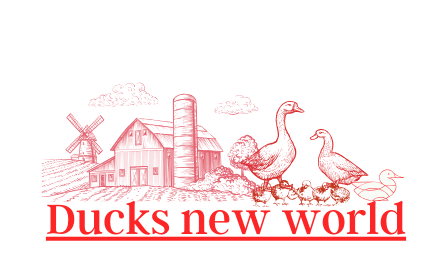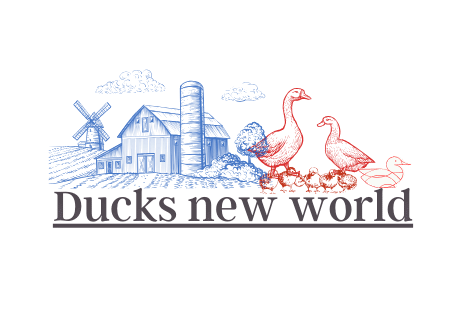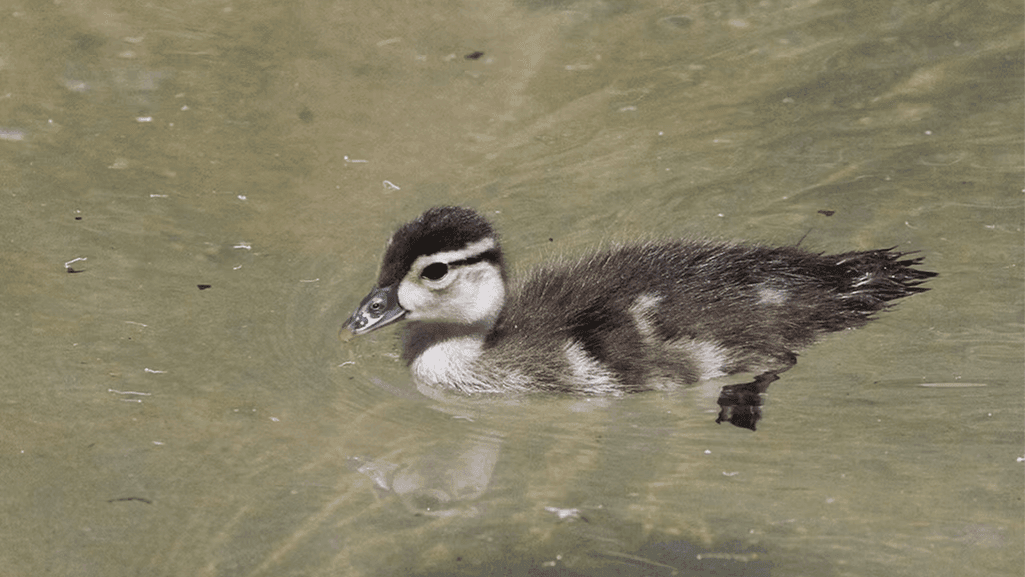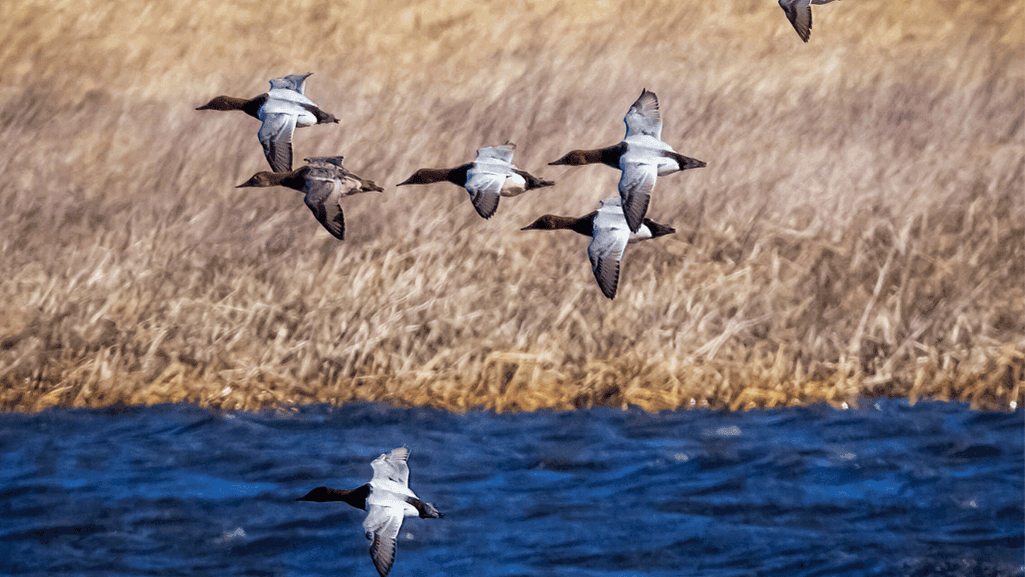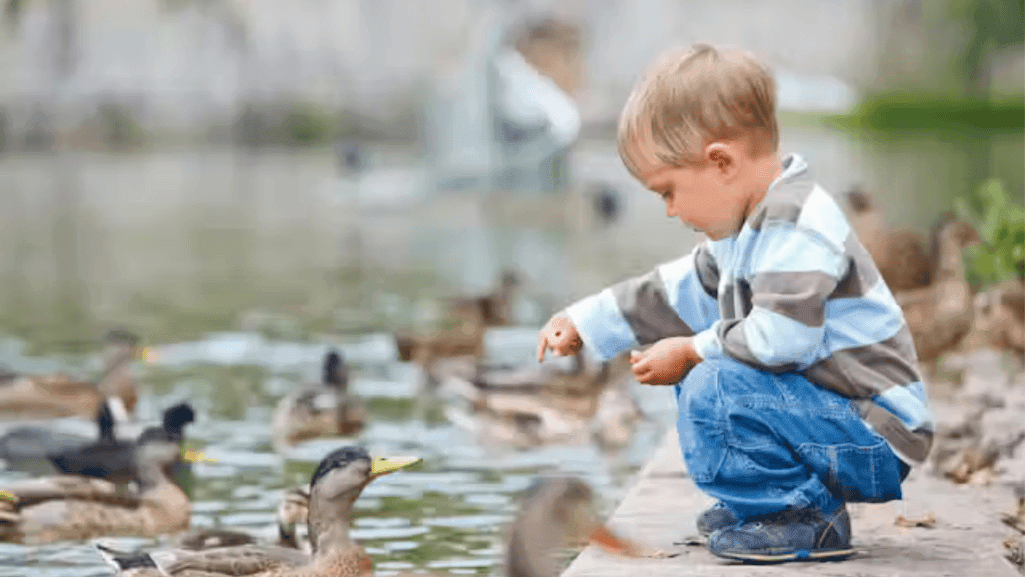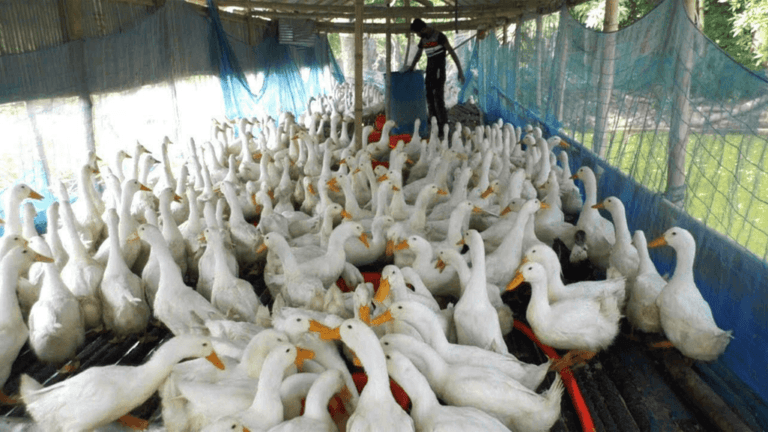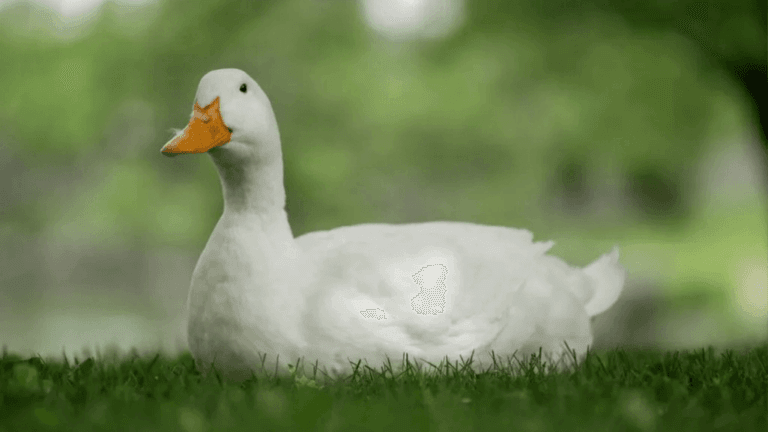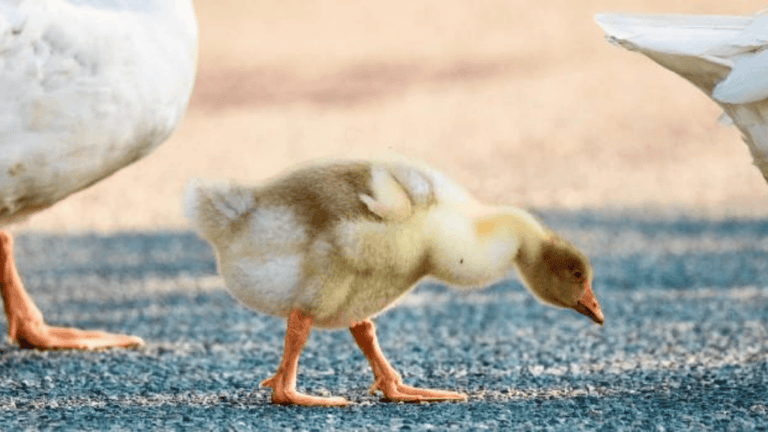Waterfowl duckling identifier are among the most fascinating creatures in nature, with their diverse species and unique behaviors. Identifying ducklings can be both rewarding and challenging, especially for beginners. This guide is designed to help you navigate the world of waterfowl with ease.
From the elegant swans to the humble duck, understanding the physical traits and behaviors of these species is essential. This article covers everything from key identification markers to practical care tips, ensuring you’re well-equipped to recognize and nurture these birds.
Whether you’re a birdwatching enthusiast or simply curious about waterfowl, this guide provides valuable insights. You’ll learn about the distinctive features of species like the Mallard and Wood duck, as well as how to create a safe environment for them.
Key Takeaways
- Learn the basics of identifying ducklings and other waterfowl species.
- Understand the physical traits and behaviors that set each species apart.
- Discover practical tips for caring for ducklings in their natural habitat.
- Explore the diversity of waterfowl, from swans to ducks.
- Gain insights into creating a safe and nurturing environment for these birds.
Understanding Duckling Identification
The world of waterfowl is vast and diverse, offering a unique glimpse into nature’s beauty. From the elegant swan to the humble duck, each species has distinct traits that make identification both challenging and rewarding. This section focuses on the basics of recognizing these fascinating birds, particularly their young.
Overview of Waterfowl Species
Waterfowl belong to the Anatidae family, which includes ducks, swans, and geese. Each group has unique characteristics. For example, ducks are smaller and more adaptable, while swans are larger and more graceful. Geese fall somewhere in between, often seen in flocks near water bodies.
Among these, the Mallard is one of the most recognizable species. Known for its vibrant green head and yellow bill, the Mallard is a common sight in ponds and lakes. Understanding these differences is the first step in identifying waterfowl.
Common Traits Among Ducklings
Ducklings share several traits that make them easy to spot. They are small, often measuring around 10 cm at hatching, and covered in fluffy down. Their tiny size and soft feathers are key identifiers. Additionally, their head shape and coloration often hint at their species.
For instance, Mallard ducklings have a distinctive yellow and brown pattern, with a darker stripe running through their eyes. These traits not only help in identification but also provide insights into their behavior and habitat preferences.
If you’re interested in learning more about identifying wild ducklings, check out this comprehensive guide for detailed tips and techniques.
Observing Physical Characteristics of Ducklings
Identifying waterfowl begins with understanding their unique physical traits. These features, such as the shape of the bill, the curve of the head, and the markings around the eye, are essential for accurate identification. By focusing on these details, you can distinguish between different species with confidence.
Recognizing Bill, Head, and Eye Features
The bill is one of the most noticeable traits in waterfowl. For example, Mallards have a broad, flat bill, while Wood ducks have a narrower, more pointed one. The shape and size of the head also vary, with some species having a rounded profile and others a more angular appearance.
Eye markings are another key identifier. Many species, like the Mallard, have a distinct line running through the eye, which helps differentiate them from others. These subtle details can make a big difference in identification.
Color Variations and Plumage Patterns
Color plays a significant role in distinguishing waterfowl. Mallard ducklings, for instance, have a yellow and brown pattern, while Wood ducklings display a more intricate mix of colors. These plumage patterns are not just visually striking but also serve as practical identification tools.
Another example is the Muscovy duckling, which often has a darker back and lighter underparts. Observing these variations can help you quickly identify the species in the wild.
Differences between Mallard, Muscovy, and Wood Ducklings
Each species has unique traits that set it apart. Mallard ducklings are known for their vibrant patterns and distinct eye line. Muscovy ducklings, on the other hand, have a more subdued coloration and a flatter head shape.
Wood ducklings stand out with their intricate plumage and smaller size. By comparing these features, you can easily tell them apart. For more detailed insights, check out this guide on duckling breeds.
Duckling Identifier for Beginners
Starting your journey into waterfowl identification can be both exciting and overwhelming. With so many species and unique traits, it’s easy to feel unsure where to begin. This section is designed to simplify the process, offering practical tips and insights to help you confidently recognize different duck species.
Key Identification Tips and Tricks
One of the best ways to identify ducks is by focusing on their physical features. Look at the shape of the bill, the color of the plumage, and any distinct markings. For example, Mallard ducklings have a yellow and brown pattern, while Muscovy ducklings often display darker shades.
Another helpful tip is to observe their behavior. Some species are more active during certain times of the day or season. Pay attention to how they move and interact with their environment. This can provide valuable clues for identification.
If you’re unsure, don’t hesitate to ask a question or consult a reliable guide. Resources like this beginners guide to duck ID can be incredibly useful.
Interpreting Behavioral Cues and Activity Levels
Behavior is a key factor in identifying ducks. For instance, some species are more active in the morning, while others prefer the evening. Observing these patterns can help narrow down the possibilities.
Seasonal changes also play a role. During migration season, you might notice a greater variety of species in your area. Keep track of these changes week by week to improve your identification skills.
For more detailed insights, check out this duck egg candling chart. It’s a great resource for understanding developmental changes over a month or more.
Caring for and Feeding Your Ducklings
Proper care and feeding are essential for the healthy growth of young waterfowl. Understanding their dietary needs and health requirements ensures they thrive in their early stages of life. This section provides practical advice to help you nurture these birds effectively.
Nutritional Needs and Optimal Diet
Young waterfowl require a balanced diet rich in protein to support their rapid growth. Starter feeds with 20% protein are ideal for the first two weeks. As they grow, switch to a slightly lower protein feed (16-18%) to prevent overloading their system.
Niacin is another critical nutrient. Brewer’s yeast, added at a 5% ratio to their food, helps meet this need. Clean water should always be available, as it aids digestion and overall health.
Feeding Techniques and Health Management
Feeding techniques vary based on the size and body development of the bird. For example, Mallard ducklings may require different portions compared to Wood ducklings. Always monitor their intake to ensure they’re getting the right amount of nutrients.
Chick grit can be added to their diet to aid digestion. It’s especially important for birds that consume a variety of foods. Regularly check their health and consult licensed wildlife rehabilitators if you notice any issues.
For more detailed guidance on caring for young waterfowl at three weeks old, explore this comprehensive resource.
Conclusion
Understanding waterfowl is a journey that combines observation, knowledge, and care. By focusing on key traits like the bill, eye markings, and plumage, you can confidently identify species such as the Mallard or Wood duck. These details, along with behavioral cues, make the process rewarding.
Proper care is equally important. A balanced diet, clean water, and regular health checks ensure young birds thrive. Early veterinary consultation can address any issues, supporting their life cycle and survival.
For enthusiasts, asking the right question and observing subtle differences are crucial. Resources like birding apps and guides enhance your skills while respecting wildlife conservation laws.
Continue learning and observing to appreciate the variety and beauty of waterfowl. Every season brings new opportunities to connect with these fascinating birds.
